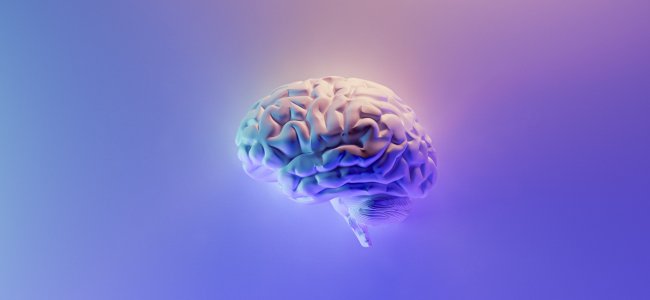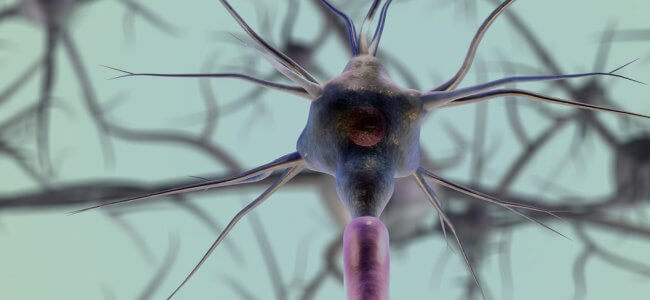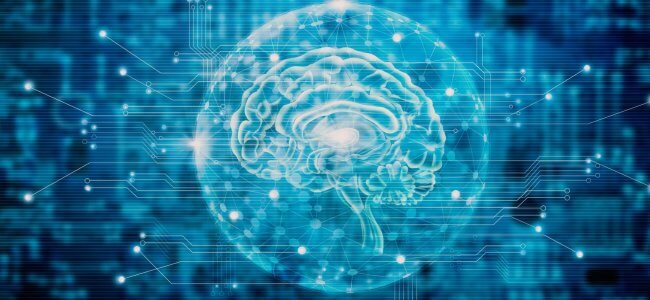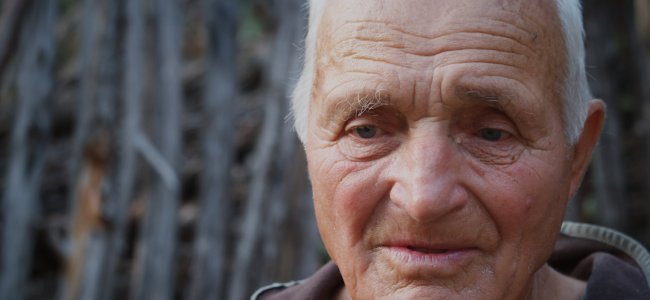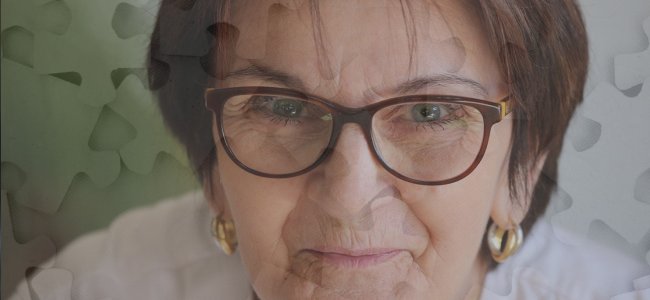Neuroplasticity: how can we reorganize or rearrange the brain

By referring to neuroplasticity, or cerebral plasticity, we mean the ability of our central nervous system to reorganize at a functional and anatomical level throughout life. Thanks to this “plasticity”, characteristic of the brain, neurons can regenerate, creating new synaptic connections. The genetic heritage of each individual and the environment in which he lives (the so-called external conditions) play a leading role in these mechanisms of plasticity.
Neuroplasticity mechanisms: when do they come into play?
Brain plasticity has a fundamental role in certain phases of life, including:1:
- the first years of a child’s life: period in which the immature brain is organized. This highlights the great importance of mechanisms that define our cognitive development;
- when a brain injury occurs: in this case the plasticity increases the remaining functions or compensates those lost. Thanks to these mechanisms, our brain is able to recover from injuries, even reducing the effects induced by pathologies such as Alzheimer’s, Parkinson’s, cognitive deterioration, dyslexia;
- in adulthood: in this case, when something new is learned and stored, the brain establishes a series of neuronal connections. Although there is age-related worsening, neuroplasticity accompanies us throughout our lives.
How does brain plasticity affect brain lesions?
Our brain is, undoubtedly, the most fascinating and mysterious organ we possess. Thanks to scientific research, the surprising ability to “move” the brain activity connected to a certain function in another area of the brain has been discovered. This allows us to educate areas of the brain to perform functions that were previously assigned to other areas. Interesting research on the development of compensatory treatment has, in recent years, concerned hemianopsia.
So how is it possible to reorganize and form new neuronal connections? We are able to stimulate neurons through experience and practice in recognition of stimuli.
Another extremely interesting element is that the therapies based on neuroplasticity are not invasive, it is, in fact, not necessary to take drugs (although there are also therapies which involve medicines) but are based on activities carried out and repeated in our brain.2
How does brain plasticity affect learning and memory?
In contrast to what has been believed for many years, the brain’s ability to adapt through learning is a condition present even in older patients. New neuronal connections and the internal structure of synapses form as a result.
For instance, bilingual people present a more developed left inferior parietal cortex, compared to those who speak only one language. In this case it is learning a second language that stimulates functional changes in our nervous system.
Another example is that of musicians. The grey matter of professional musicians (with at least one hour of exercise per day) is in fact more eminent than those who do not play an instrument or practice it more rarely.
Blindsight: another example of neuroplasticity
Blindsight or blind vision is an example of neuroplasticity. In this video* (published by Chewbster) there is a subject with bilateral occipital lesions and bilateral campimetry deficits. The patient affirms that they do not see the obstacles placed on their path, but still manages to avoid them; this is due to an unconscious vision, which we cannot voluntarily regulate or use.
In adults, blindsight is found only in 2-3% of cases. There have been many studies showing what mechanism is activated to generate the blindsight. In the most credited hypothesis, it is thought that if the lesion affects the area of the primary visual cortex, those functions were carried out by extrastriated visual areas (V5).
Bibliography
- Plasticità neuronale e Cognizione, CogniFit.
- Cos’è la plasticità cerebrale?, 2014, Neocogita.

You are free to reproduce this article but you must cite: emianopsia.com, title and link.
You may not use the material for commercial purposes or modify the article to create derivative works.
Read the full Creative Commons license terms at this page.
